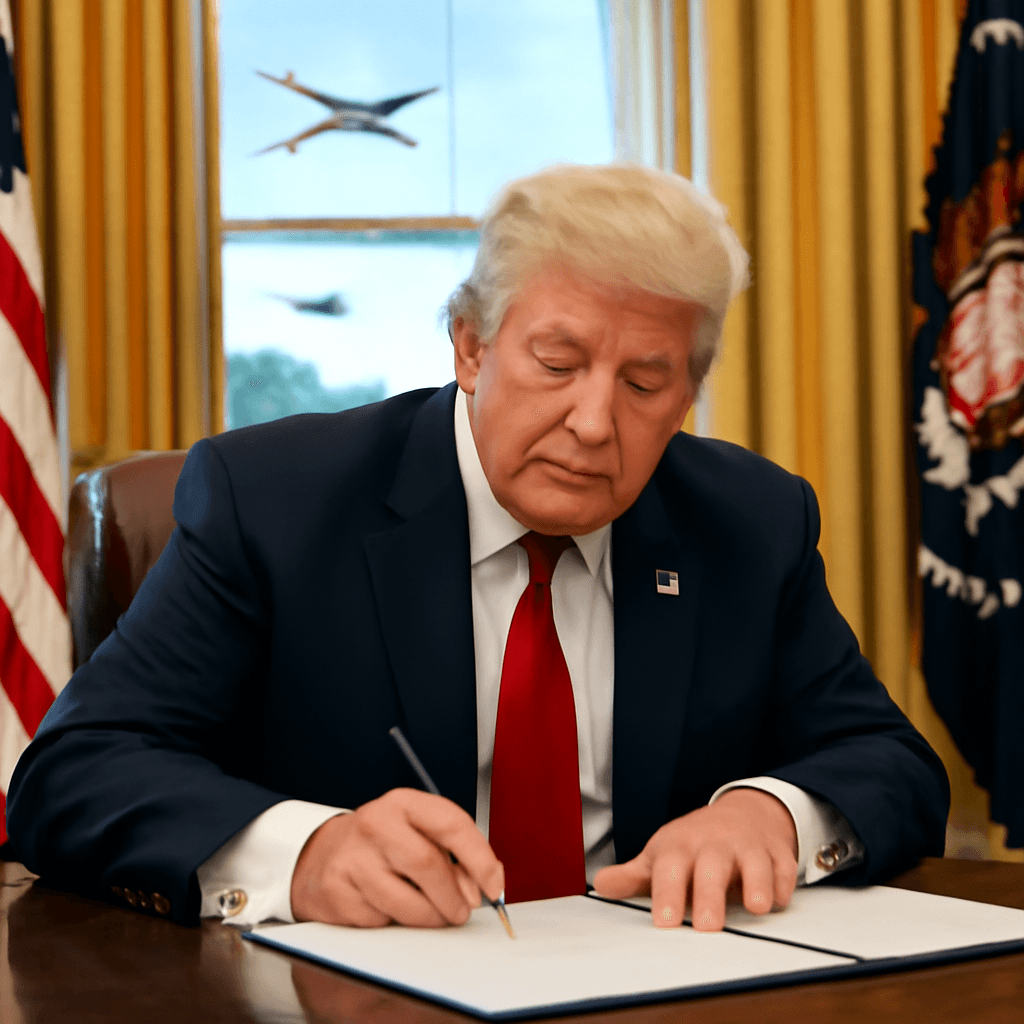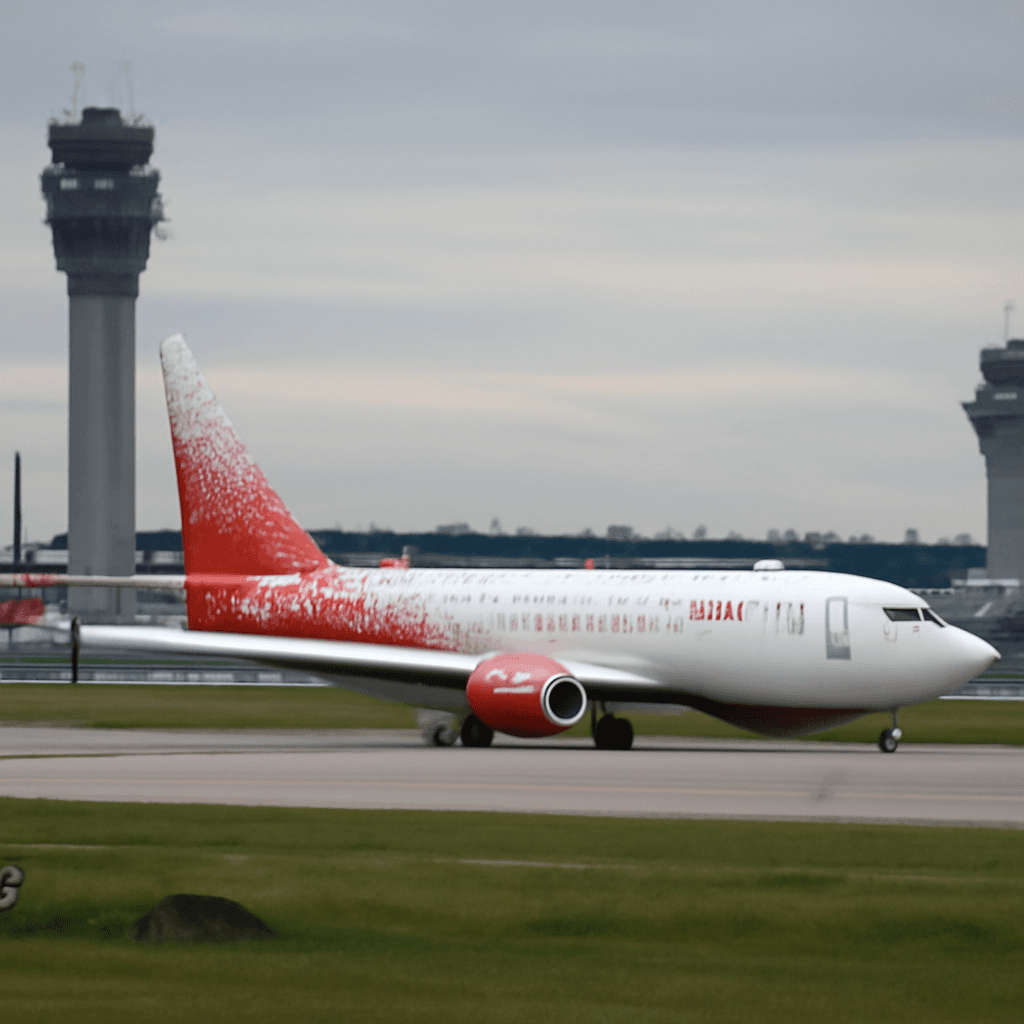Fighter Jets Intercept Civilian Aircraft Violating No-Fly Zone Over Trump Golf Club
On Sunday afternoon, US fighter jets were scrambled to intercept a civilian plane that had strayed into the temporary flight restriction (TFR) zone surrounding former President Donald Trump’s National Golf Club in Bedminster, New Jersey. This marked the second such incident in the area within the same weekend, underscoring ongoing challenges with restricted airspace compliance near sensitive locations.
Incident Details
The North American Aerospace Defense Command (NORAD) confirmed the event occurred around 12:50 p.m. local time. Upon detecting that the civilian aircraft had entered the restricted airspace, NORAD dispatched fighter jets which used flares to signal the pilot, successfully escorting the plane out of the no-fly zone.
According to official statements, the aircraft breached several Federal Aviation Administration (FAA) notices that governed the restricted airspace over Bedminster, a zone designated for security around the Trump National Golf Club.
Multiple Violations Raise Security Concerns
The incident was not isolated. The U.S. Air Force’s First Air Force revealed that seven TFR violations occurred near Bedminster over the weekend. These recurring breaches highlight the difficulties that general aviation pilots face in keeping up with rapidly changing airspace restrictions.
“For the 2nd time this weekend, fighters intercepted an aircraft violating restricted airspace over Bedminster, NJ. Flares were deployed during this intercept. Pilots: check NOTAMs before every flight!” — U.S. Air Force First Air Force (@1stAF)
NOTAMs (Notice to Airmen) provide critical updates and alerts about temporary restrictions or hazards in specific airspace and must be reviewed diligently before every flight. NORAD and FAA issued reminders emphasizing the importance for pilots to verify all NOTAMs, including specific FAA warnings 9839, 9840, 9841, and 9842, which relate to the Bedminster area.
Why This Matters: Expert Insight
From a security and policy perspective, breaches of TFR zones near high-profile locations like former presidents’ properties pose security risks that cannot be understated. These watersheds are often off-limits to ensure privacy, safety, and national security.
Aviation safety expert Dr. Rachel Sterling notes, “Given the increasing complexity of airspace regulations and the rise in general aviation activities, incidents like these underscore the urgent need for improved pilot education and possibly enhanced real-time alert systems to prevent accidental incursions.”
Additionally, experts caution about the implications of repeated violations. These incidents raise questions about enforcement efficacy and whether current penalties and pilot awareness initiatives are sufficient to deter such violations.
What Pilots and the Public Should Know
- Always review the latest NOTAMs issued by the FAA before any flight, especially over or near sensitive government or private properties.
- Understand that violations of TFR zones can lead to interception by military aircraft, legal enforcement actions, and severe delays.
- Stay informed about local FAA regulations and any temporary restrictions, particularly during weekends or significant events.
Looking Ahead
The recurring nature of these violations over Bedminster may prompt authorities to consider stricter monitoring or revised communication protocols to reduce pilot errors and potential security risks. For now, the consensus is clear: vigilance and awareness remain the best defenses against dangerous airspace incursions.
Editor's Note
These incidents serve as a stark reminder of the delicate balance between private aviation freedom and national security priorities. As temporary flight restrictions proliferate around sensitive sites, the onus falls on pilots, regulatory bodies, and defense agencies alike to coordinate efforts ensuring airspace compliance. This episode also opens a broader conversation: How can emerging technology better support real-time pilot awareness to prevent inadvertent breaches? And what are the consequences if such violations become more frequent? For readers and aviators, this story highlights the critical need for ongoing education and systemic improvements in drone and manned flight management near protected zones.



















